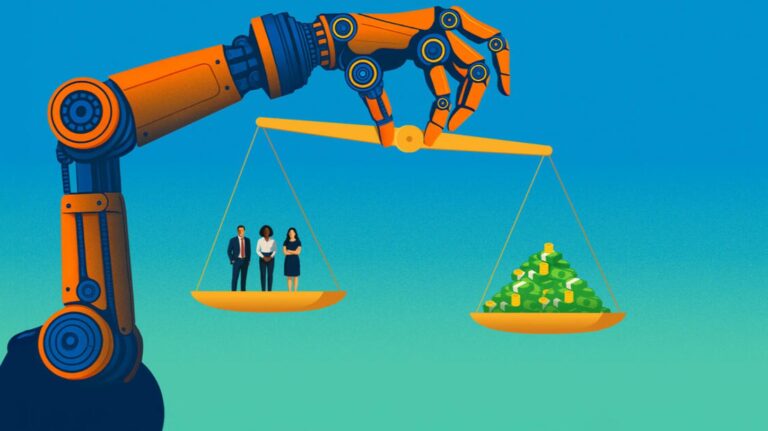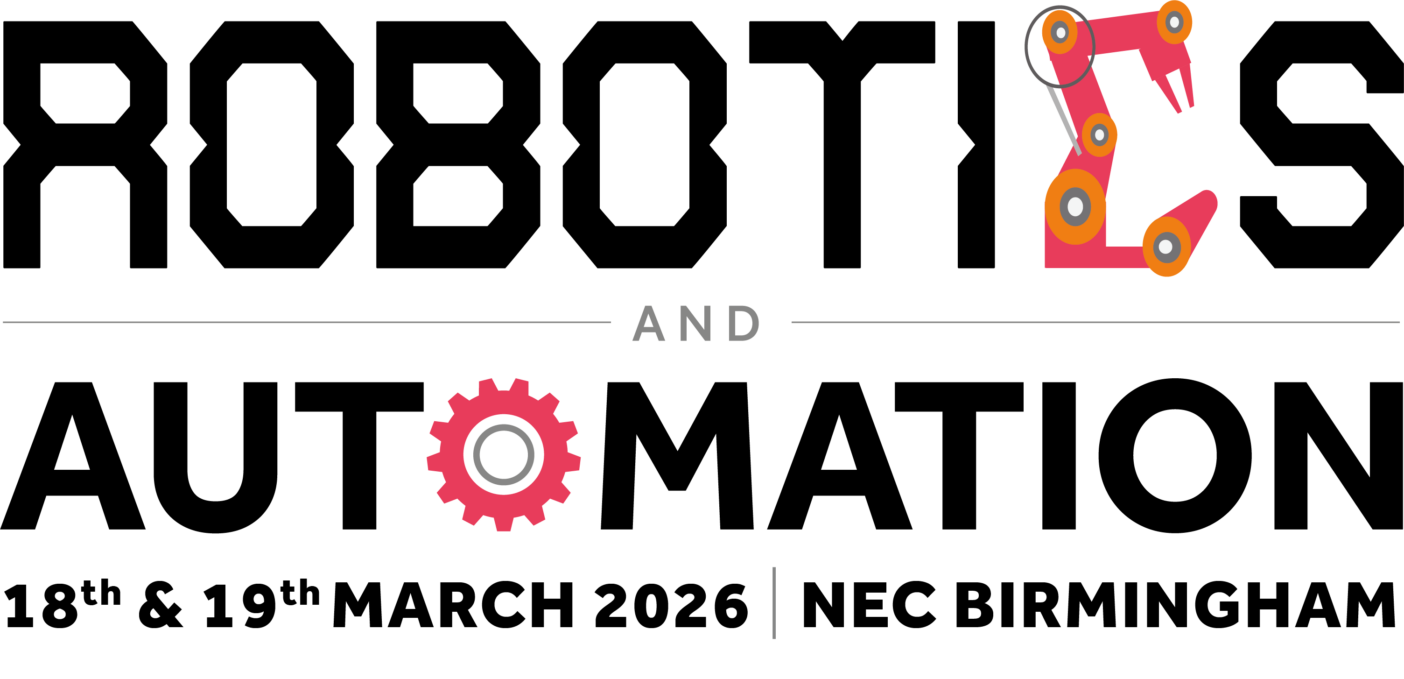The value of labour can rise or fall with automation depending on which tasks are automated within a job, according to new research from MIT.
Analysing more than 300 US occupations between 1980 and 2018, the study, led by economists David Autor and Neil Thompson, finds that when automation removes simpler, routine tasks, the remaining work often demands higher expertise, which narrows the talent pool and can lift pay even as headcount declines.
By contrast, when technology replaces specialist tasks, roles become easier to enter, competition increases and wages tend to fall.
The authors illustrate the point by contrasting two clerical roles. As computers took over routine bookkeeping between 1980 and 2018, employment of bookkeepers and accounting clerks fell by about one-third but their real hourly wages rose by nearly 40%.
Inventory clerks experienced the opposite pattern: employment more than doubled while real wages fell by around 13% as automation targeted their more expert tasks.
READ MORE: Workforce transformation special in the August 2025 issue of Robotics & Automation Magazine
“Jobs can either become more or less numerous, depending on what types of automation happen to the job,” said Thompson.
“If the thing that gets automated is the easiest task, that leads to a narrowing of the pool of people that do it. But they are paid more.”
He added that GPS provides a case in point: it automated taxi drivers’ local-knowledge advantage, resulting in “lower wages, but many more drivers”.
To explain these effects, the paper develops an “expertise framework” and a language-based method to gauge how specialised different tasks are.
Using this approach, the researchers show that occupations exposed to automation can bifurcate: where inexpert tasks are automated away, average expertise and wages rise but employment falls; where expert tasks are automated, wages fall but employment rises.
For employers, the authors note that the management response should depend on which tasks are automated.
If wages rise while fewer workers are needed, firms can often adjust through attrition. If wages fall and roles become less specialised, recruitment and retention may become harder and require different interventions.
“Depending on which tasks are automated, you’ll see different effects in different parts of your workforce,” Thompson said.
Join more than 11,000 industry leaders at Robotics and Automation Exhibition on 25-26 March 2026 at NEC Birmingham to explore cutting-edge technologies, connect with peers and discover the latest innovations shaping the future of manufacturing, engineering and logistics. Register for free now to secure your place at this premier event!









